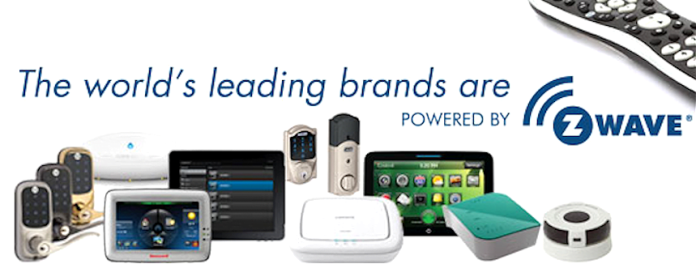Z-WAVE Alliance and chipmaker Sigma Designs have announced that all IOT devices must now conform to strict and uniform adoption of a new security protocol for all Z-Wave devices receiving certification.
The Alliance Board of Directors voted unanimously in November 2016 to require mandatory implementation of the new Security 2 (S2) framework, calling it “the most advanced security for smart home devices and controllers, gateways and hubs in the market today.”
The move makes key exchange Z-Wave wireless comms standards far higher than anything we see in the electronic security industry, where basic 433MHz is the baseline between many wireless devices and controllers.
“We are absolutely committed to making Z-Wave the safest, most secure ecosystem of smart devices on the global market,” says Mitchell Klein, executive director of the Z-Wave Alliance. “Our work, in conjunction with the entire Alliance membership, will ensure that developers, service providers, manufacturers and consumers alike will look to Z-Wave as the most trusted solution with the highest levels of protection.”
Z-Wave’s technical certification programme, which is administered through 3rd party test facilities in Europe, US and Asia, will check that all S2 security solutions, which contain rules for command classes, timers and device types are correctly implemented in every new certified device. S2 devices will also be backwards compatible with existing devices on the market.
The Z-Wave S2 framework was developed in conjunction with the cybersecurity expert community to give the already secure Z-Wave devices new levels of impenetrability. By securing communication both locally for home-based devices and in the hub or gateway for cloud functions, S2 aims to virtually remove the risk of devices being hacked while they are included in the network. By using a QR or pin-code on the device itself the devices are uniquely authenticated to the network as well.
The framework is designed to render common hacks such as man-in-the-middle and brute force powerless, through the implementation of the industry-wide accepted secure key exchange using Elliptic Curve Diffie-Hellman (ECDH). Z-Wave also strengthened its cloud communication, enabling the tunnelling of all Z-Wave over IP (Z/IP) traffic through a secure TLS 1.1 tunnel, removing vulnerability. ♦












